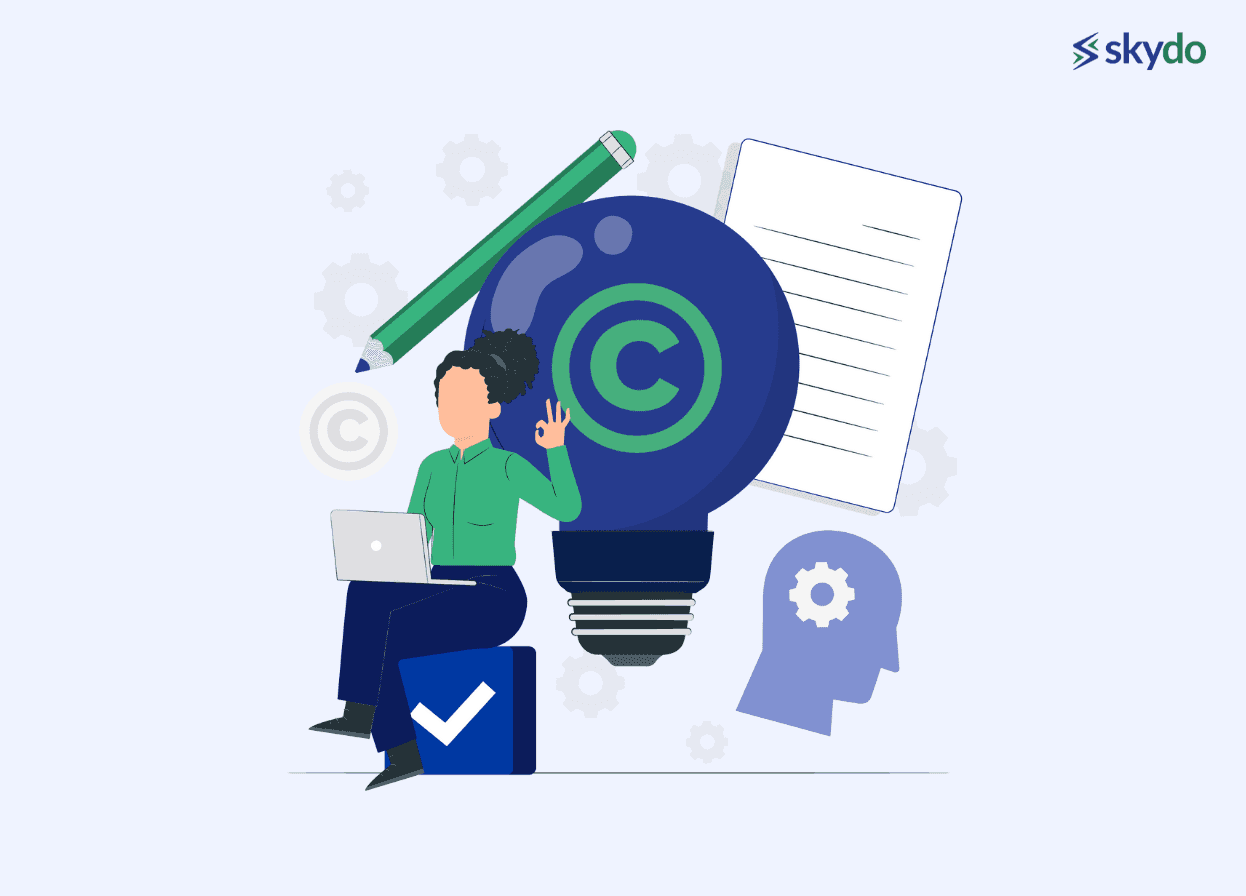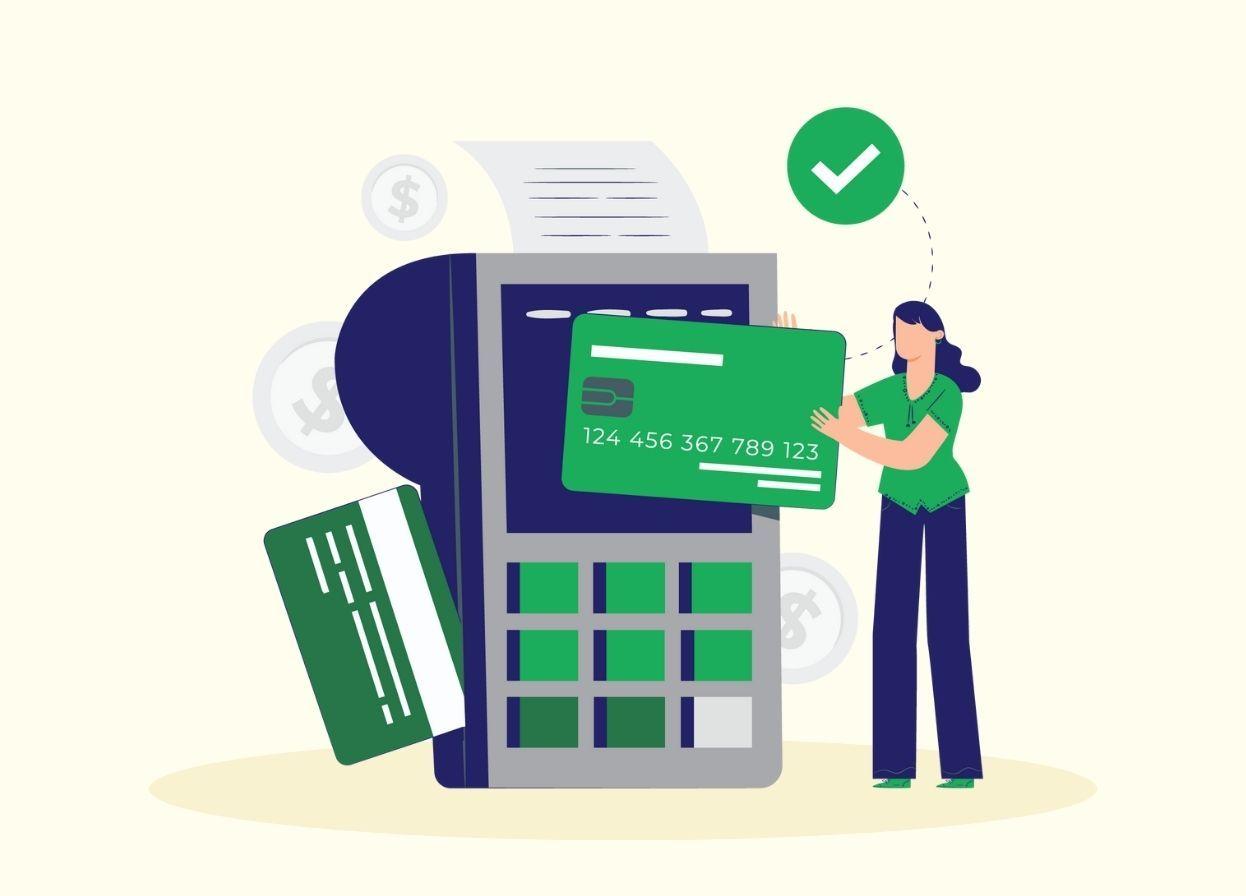14 Productivity Tools for Freelancers to Optimise Workflow

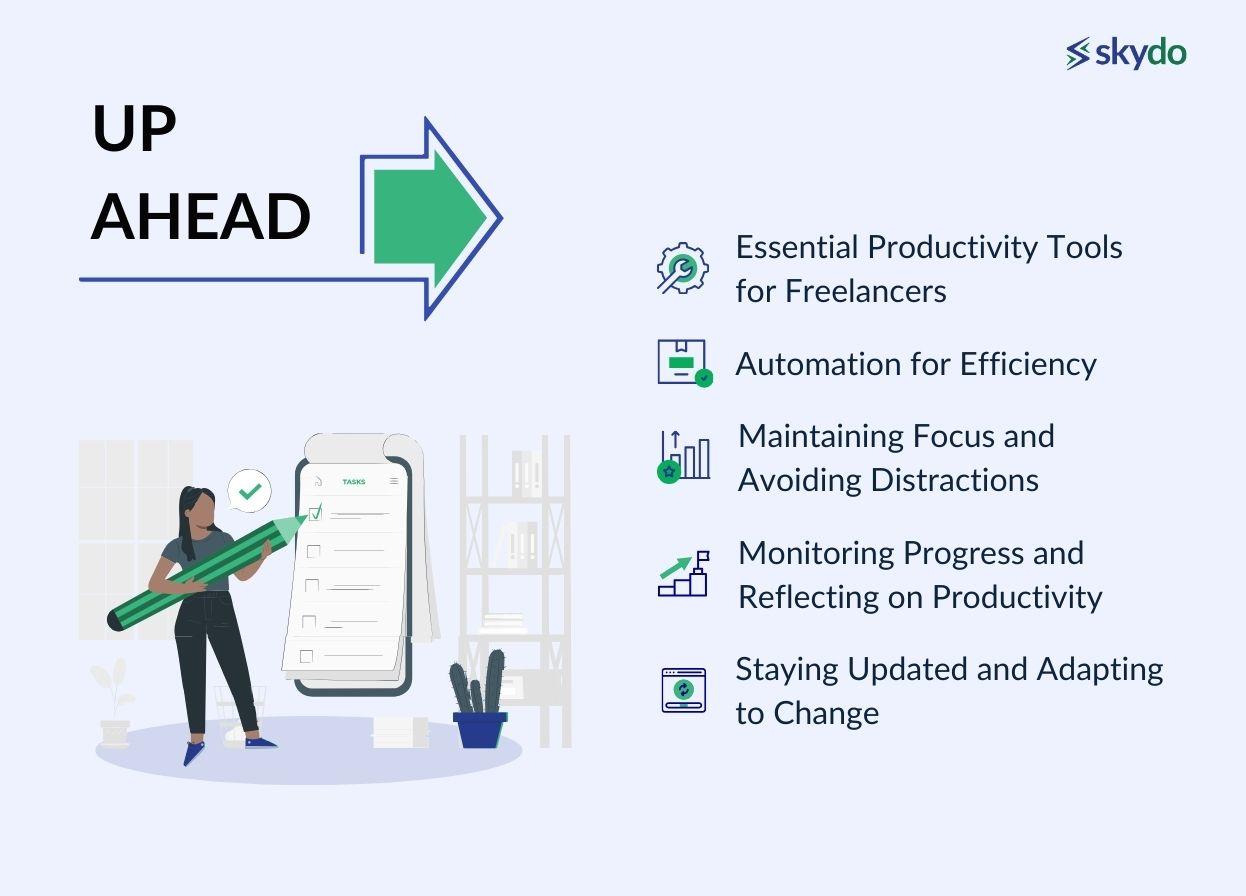

Remote’s Global Freelancer Report 2023 revealed that 58% of the surveyed freelancers find time management a significant challenge in growing their business.
While freelancing offers flexibility and autonomy, working independently can impact efficiency and productivity as freelancers are sole entrepreneurs. They face challenges in setting priorities and focusing on urgent tasks.
Hence, productivity tools, project management tools, or collaboration tools are the best catalysts to improve freelance workflow.
This guide explains how to manage freelance workflow using productivity tools and strategies. It also suggests various tools for automating repetitive tasks.
Essential Productivity Tools for Freelancers
The list of the most popular productivity tools to streamline workflow and increase freelance efficiency is as follows.
1. Task and Project Management Tools
a. Trello
A popular cloud-based project management tool, Trello converts projects and tasks into a visual landscape by creating different cards. It allows you to create multiple boards for various projects using customisable templates.
You can add a checklist for each card and mention the start and due dates to track your projects.
b. Asana
Asana is similar to Trello, where you can create different boards and cards to manage your tasks. However, Trello is a Kanban board, more suited for freelancers and small teams. (Kanban is a Japanese workflow management method that works on four functions - visualise the work, limit the work in progress (WIP), focus on flow and continuous improvement.)
Asana, on the contrary, can work better for freelancers managing a large team as it streamlines collaboration and allows better customising.
c. Basecamp
This minimalistic tool allows freelancers to manage all their activities in one place. Basecamp provides a message board for important updates and a to-do list for each project that the entire team can access.
Moreover, Basecamp offers several features like group chat, call/event scheduling and automated check-ins. The most significant Basecamp feature is that it facilitates seamless integration with other collaboration tools like Slack and Google Workspace.
2. Communication and Collaboration Tools
a. Slack
Clear and effective client communication is one of the highest hassles for freelancers. Misaligned expectations lead to challenges in producing desired results. To avoid these hurdles, use Slack, one of the best collaboration tools that enables real-time client communication.
Slack also provides a customisable and comprehensive workflow builder for automating repetitive tasks.
b. Zoom
Client communication has never been easier for freelancers. Rather than communicating with clients over long email threads to understand their requirements, you can conveniently get on a Zoom call and record meetings for enhanced communication.
With over 3 million users worldwide, Google Workspace is a popular collaboration platform for freelancers.
It offers various communication and collaboration tools like Gmail for quick communication, Google Meet for client and team meetings, Google Docs for work collaboration, and Google Sheets to prepare workflow, track activities and for automating repetitive tasks.
Another great project management tool, it offers a comprehensive and customisable workspace and productivity pack to manage clients and improve efficiency. Its features include interactive templates and a drag-and-drop interface.
You can add documents on Notion and share them with your clients for review, assign tasks and add client information to the Notion database. You can also use Notion as a client management software and content calendar.
3. Time Tracking and Invoicing Tools
a. Toggl Track
Toggl can be easily integrated with Google or Outlook calendars to view the number of hours you spend on various projects. It can auto-track app and browser activity even when you are offline.
Toggl helps freelancers manage their time and boost efficiency. Moreover, it tracks billable minutes, benefitting freelancers working on an hourly basis.
b. Clockify
Clockify is another popular time-tracking software that tracks real-time work hours, creates weekly timesheets, blocks calendars to manage time and automatically tracks the apps and websites in the background.
Its report feature creates work reports and offers valuable insights into time requirements for various tasks. Thus, it can help with automating repetitive tasks.
c. FreshBooks
It is a payment solution which comprises features like automated invoicing, payment and time-tracking, bookkeeping, report generation and managing expenses and receipts.
FreshBooks also helps with client communication by allowing freelancers to create estimates (based on project requirements) that you can convert into invoices.
d. Skydo
It is an all-in-one payment solution for freelancers and businesses that automates invoicing and eases payment processes. With Skydo, international payments are faster and streamlined.
Once your international client remits the payment through the Skydo account, you will receive the payment in your account within 48 hours along with the FIRA document, which is paramount in tax compliance.
You can also easily send payment reminders and receive timely payments from international clients with Skydo.
4. File Management and Cloud Storage Tools
Freelancing involves a lot of paperwork, documents, client files, reports, case studies, and project documents. These can be stored and managed with Dropbox.
Freelancers can use Dropbox to store client information and project documents. You can also send clients folder invitations to share onboarding material and work-related documents.
b. Google Drive
Google Drive is one of the most secure and efficient cloud storage spaces for freelancers because it supports remote document access from any device. You can easily collaborate, share, manage, and download documents and sheets from Google Drive.
c. OneDrive
Microsoft OneDrive is also one of the most popular storage and collaboration tools. It works the same as Google Drive. Freelancers can create multiple folders and documents and manage remote access.
Automation for Efficiency
Freelancers are a one-man army, focusing simultaneously on several things ranging from finding and managing clients to offering services and invoicing. A significant part of the workflow includes administrative or repetitive tasks that can be automated to enhance efficiency.
Automating repetitive tasks such as email management, invoice sending and payment tracking, scheduling appointments, task management and data entry and reporting can reduce work pressure and streamline workflow.
Maintaining Focus and Avoiding Distractions
Here are some effective time management strategies to improve focus:
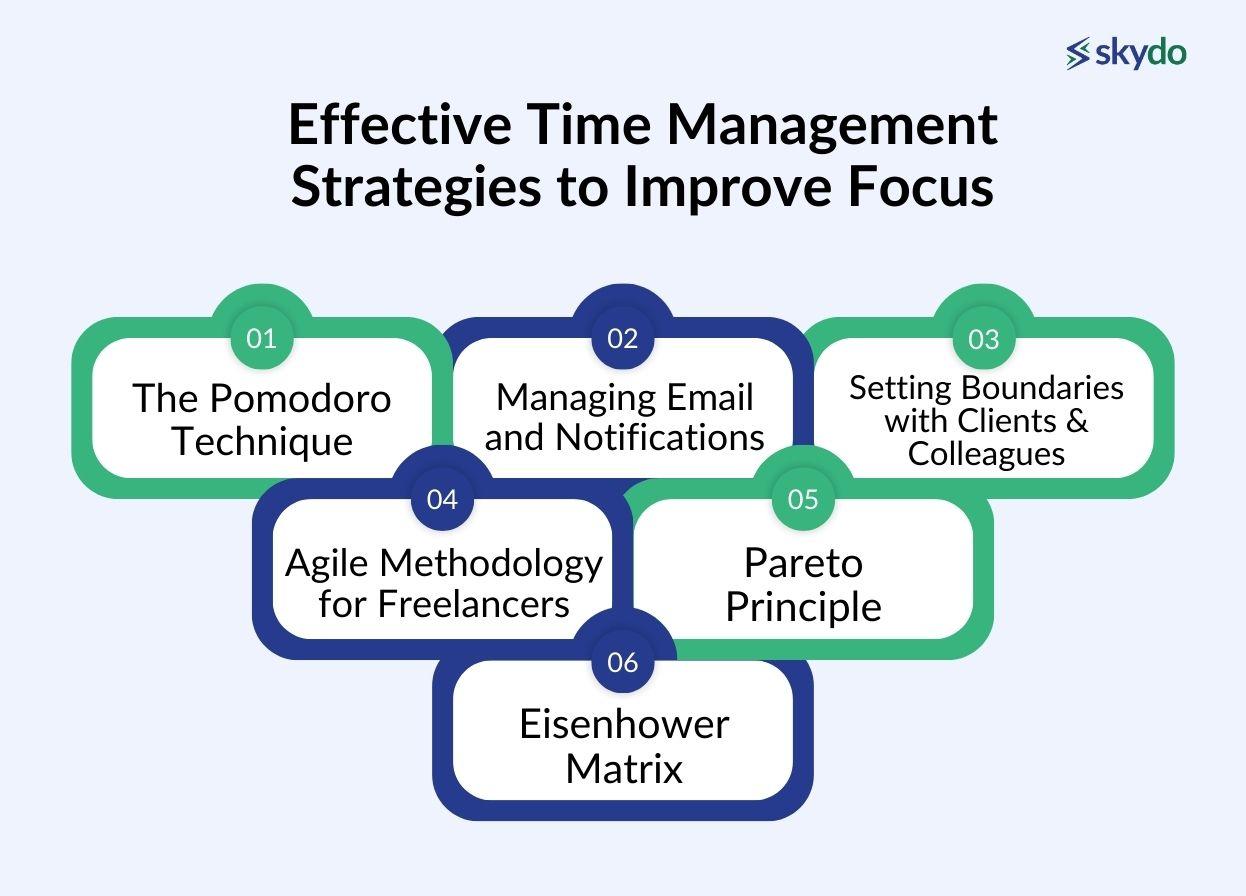
1. The Pomodoro Technique
Pomodoro is one of the most popular and effective time-management techniques for deep focus and boosting work efficiency.
It requires setting up a 25-minute timer for a task and focusing on it without any distractions. After that, you take a 5-minute break and repeat this cycle until you complete the task. The Pomodoro technique allows you to break down tasks into smaller segments, making it easier to focus by reducing interruptions.
Some Pomodoro timer apps that you can try include the following:
Forest: This app encourages focus by growing a virtual tree as you work and it withers if you leave the app.
Minimalist: This B&W Pomodoro app simplifies your work environment, following the classic 25-minute work and 5-minute break intervals.
Focus To-do: This Pomodoro app helps users manage their time with customised work intervals and breaks.
Clockwork Tomato: This versatile Pomodoro app allows for personalised work and break timings, with the unique feature of playing music while working.
2. Managing Email and Notifications
Unnecessary emails and notifications during working hours can be distracting and impact focus. It is best to keep the phone/laptop on do-not-disturb or focus mode to avoid checking unnecessary notifications followed by distractions.
3. Setting Boundaries with Clients and Colleagues
With remote and flexible working, the line between professional and personal life balance has started to blur. Working professionals, especially freelancers, face difficulty in switching off their work mode, hampering their productivity. Hence, setting clear boundaries with clients and colleagues is necessary.
You can explain to them your preferred way of working, communicate your fixed working hours, set response time and leverage communication tools like emails, Microsoft Teams, Slack, and Basecamp.
4. Agile Methodology for Freelancers
The Agile Project Management Methodology is primarily used in software development processes to ensure maximum efficiency. However, freelancers can also use it.
The framework involves breaking down projects into smaller segments or phases, called sprints. It requires connecting with clients to define high-priority tasks and adopting a flexible approach to make changes. Moreover, freelancers should regularly communicate with clients to update them about work progress and seek feedback to make any crucial changes in the initial stages.
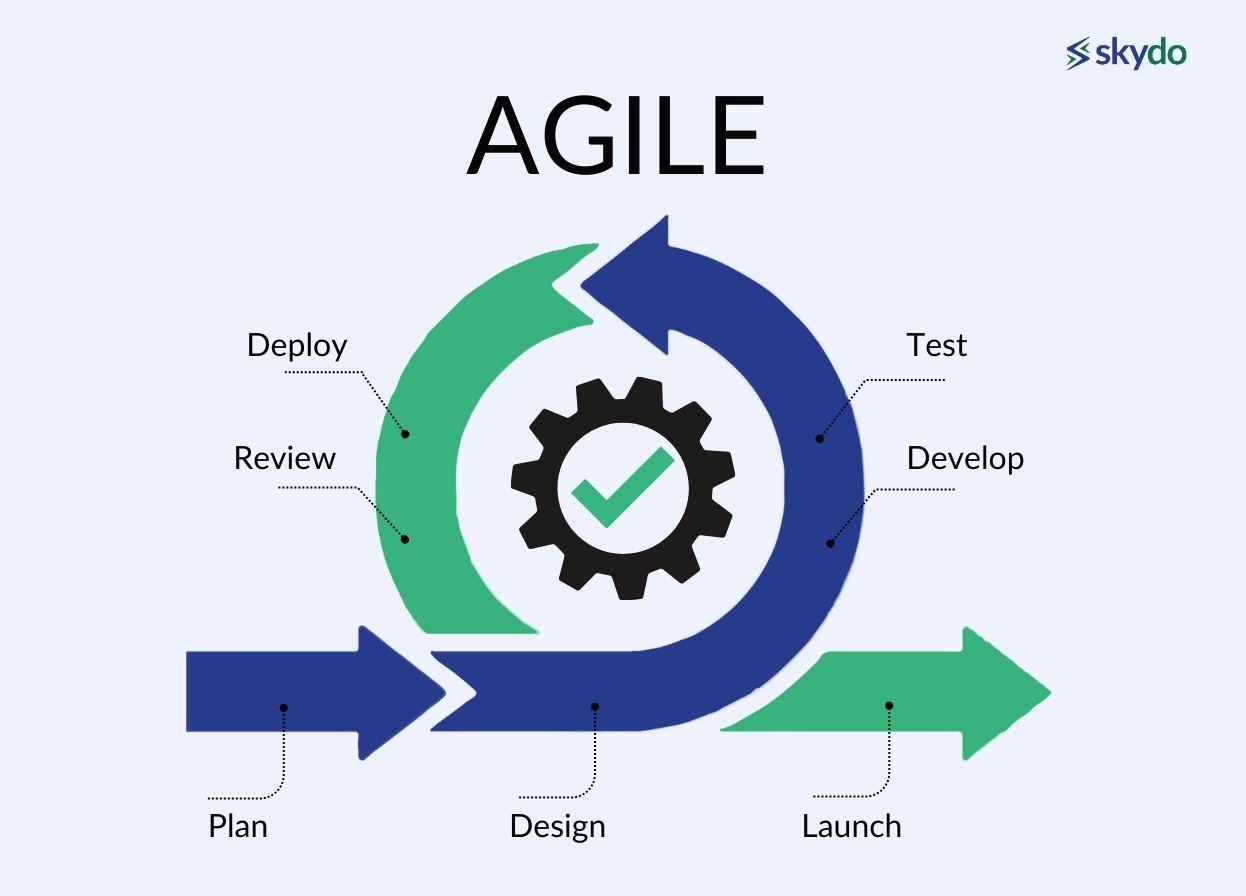
5. Pareto Principle
The Pareto Principle, or the 80/20 Rule says that 80% of the outcomes result from 20% of causes. Freelancers can use this principle to maximise their productivity by creating a task list and focusing on 20% of the tasks that are the most important and can generate the maximum output. It helps set priorities and boosts productivity.
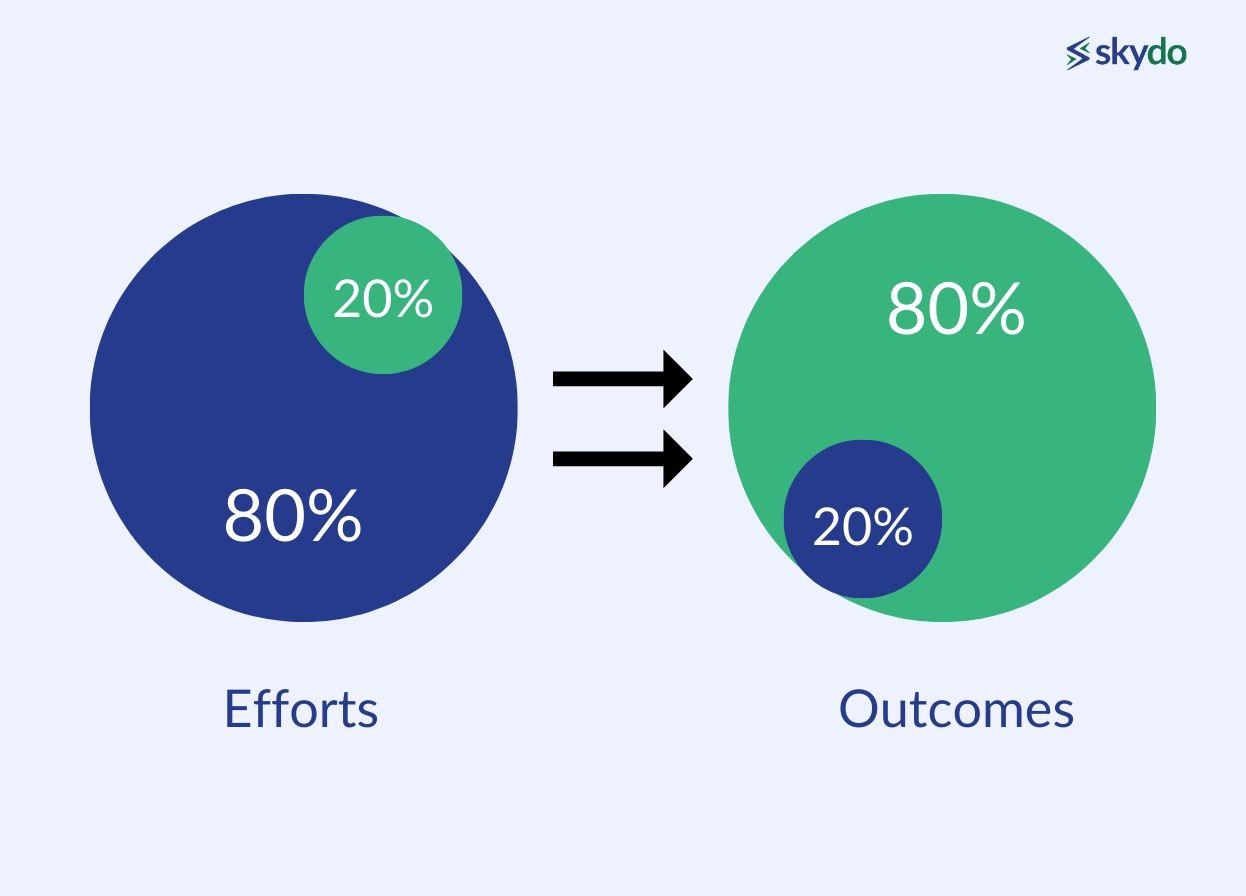
6. Eisenhower Matrix
The Eisenhower Matrix is a productivity framework that helps decide priorities. You need to divide the task list into the following four categories:
- Do first - This list includes important tasks that need to be completed urgently
- Schedule - Includes important tasks that can be done later
- Delegate - Less important tasks that can be delegated
- Delete - Redundant tasks that you don't have to do. They can be automated
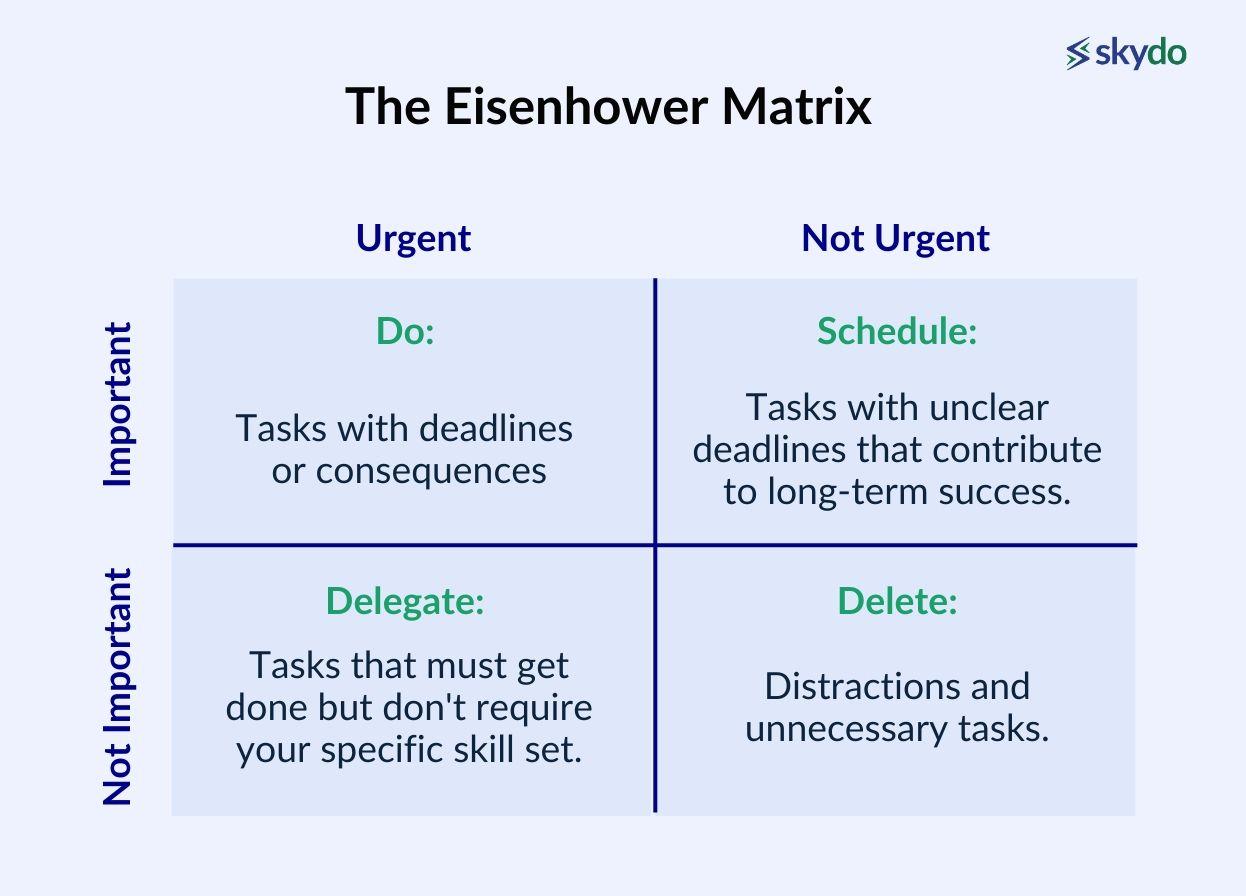
Monitoring Progress and Reflecting on Productivity
1. Using analytics and reports from productivity tools
Many collaboration or project management tools allow users to create and export reports for each card or task, showing the time taken to complete each task. They also tell the average time taken to complete all the tasks, giving an overview of your workflow performance.
2. Periodic self-assessment
While productivity tools offer great insights, periodic self-assessment is essential for maintaining productivity.
A 2019 study explains that productivity is a multifaceted concept. Most people evaluate productivity on two factors - type of task and task completion time. Productivity tools also mainly consider these two factors.
However, productivity also depends on the nature of a task (whether it is crucial or trivial) and the physical, mental or emotional states that impact their attention span. Moreover, the quality of the final work product also defines productivity.
Therefore, using project management tools does not guarantee productivity. You should conduct periodic self-assessments to evaluate your time management skills.
3. Adjusting the workflow
David Allen, a renowned productivity consultant, in the book "Getting Things Done", explains that there is no once-and-for-all solution for productivity. Project management tools or collaboration tools cannot guarantee productivity.
Hence, it is essential to periodically adjust the workflow as per your short-term and long-term goals to overcome new challenges.
Staying Updated and Adapting to Change
As the popular saying goes, "Change is the only constant in life and business." Freelancers must constantly update their workflow to adapt to the changing business environment and evolving client needs, improve efficiency and manage risks. Here is how you can do it:
- Keeping up with new productivity tools and project management tools and updating existing apps to leverage new features
- Evolving freelance workflow as needs change by self-assessing business goals
- Upskill yourself to provide quality services to clients
Conclusion
The freelancing industry has become highly competitive due to new technological advancements and changing career needs. While freelancers need to enhance their productivity and efficiency to grow their business, constant distractions can hamper productivity. Collaboration tools and project management tools are crucial to increase productivity by eliminating distractions, time-tracking and automating repetitive tasks.

